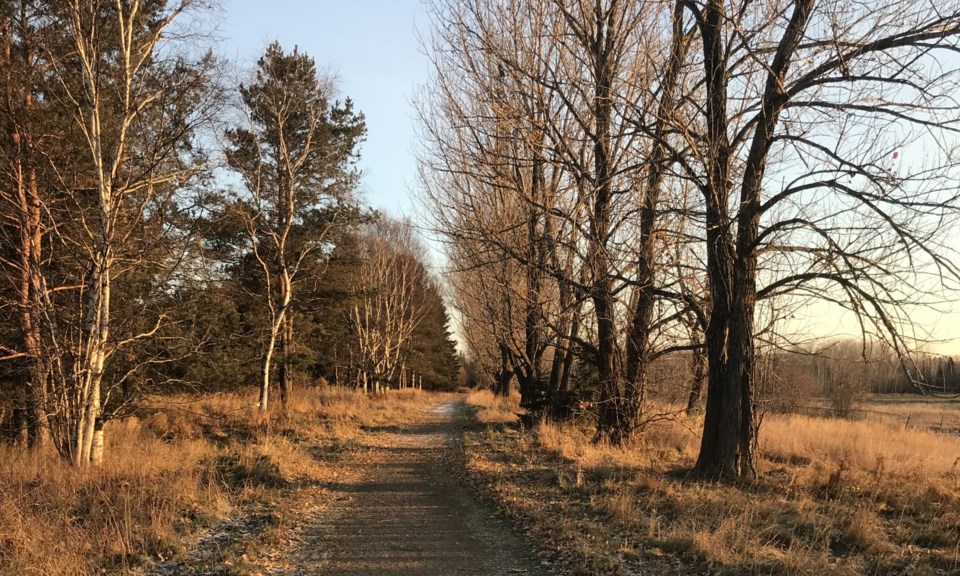THUNDER BAY – The city has put the finishing touches on its first updated official plan in 16 years, with council making a last minute change to protect a significant parcel of well-utilized green space.
Thunder Bay city council on Monday night voted to adopt its new official plan – a strategic document outlining permitted land uses and meant to guide future development – but not before changing the classification to the northern, wooded portion of the former Lakehead Psychiatric Hospital property.
City administration had originally proposed to designate the entire property, which is currently owned by the province, as a site specific policy area designated as residential, potentially allowing a future buyer of the land to create a new subdivision if certain conditions were met.
Coun. Andrew Foulds, who represents the Current River ward that encompasses the area, brought forward the amending resolution to change to a community designation for the northern portion of the property that is undeveloped and features popular recreation trails.
“It is a strategic decision that says it shouldn’t be built on,” Foulds said. “I believe the resolution (Monday) evening balances the interest of the development community on the Algoma portion and it balances the environmental protection of the northern portion.”
City planning director Leslie McEachern told council the community designation, which applies to open spaces, parklands and cemeteries which serve recreational and cultural purposes, does not stop a future owner from one day seeking approval from city council for amendments to build on the land.
“Given that we are not as a municipality in control of that land, there is no certainty regardless of the designation we apply to these lands,” McEachern said. “Whoever owns them is able to submit a development proposal and a request to change those lands to whatever it is they seek to develop.”
Friends of the LPH Greenspace spokesman Len Maki said the group’s petition to protect the area had amassed more than 700 signatures.
“Not just neighbourhood people use this but people from all over Thunder Bay use this area,” Maki said, adding a number of different user groups utilize the area for a variety of purposes.
Maki made it clear the group does not oppose residential develop on the eastern end of the property along Algoma Street where the psychiatric hospital buildings are situated.
“We do believe there is room enough for development and nature,” Maki said. “We recognize the need and the common sense of an urban infill strategy but we also believe the total acreage of the lands in question are large enough to accommodate both development and keeping an area of recreational trail.”
Though Coun. Trevor Giertuga ultimately voted in favour of the amendment, he expressed concern about the implications of the classification on the ability to have any development on the property.
“We’re limiting severances within the rural areas but yet this is an area potentially we could infill 75 per cent of it or maybe we stay with 50 per cent but I’m concerned we might be tying our hands and lose any potential development on that property based on the fact it’s cost prohibitive for someone to purchase 100 per cent of the property you can only develop 50 per cent of,” Giertuga said.
Other changes approved on Monday include revised wording on how secondary plans for new residential development can be initiated based on supply of developable land on either the north or south side of the city and the correction of a mapping error to restore a service commercial designation to a corner of the Loch Lomond Road and Highway 61 intersection.
The new plan requires approval from the province to be finalized. McEachern said that approval is expected to come by the end of the year, though that could be subject to the outcome of June’s provincial election.
